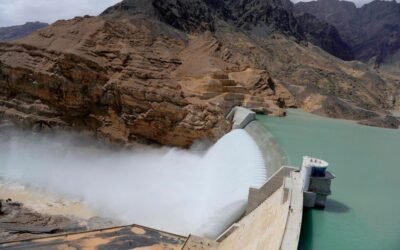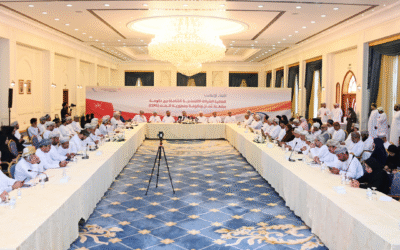Hamas’ ability to harm Israel in its “home” on October 7th, and to penetrate its military, security and technical immunities, have shaken the Israelis’ sense of security and confidence in their security and military establishment.
“Al-Aqsa Flood” operation casted doubt on the effectiveness of the policies and beliefs that governed the Israeli security doctrine.
Israel, for long, has paid efforts to reinforce its military superiority and deterrence system and immunized itself with electronic fence, cemented wall and iron dome, to advance the capabilities against any counterattacks. The failure of such measures to ward the danger off the Israeli citizens_ particularly the precaution of the intelligence institutions to anticipate Hamas’s menace to commit an exceptional heavily attack against the Israeli colonies_ has put the Israeli security on stake. Israel has boastfully promoted itself as an “oasis of security” protected with an advanced techno-military system.
The “Al-Aqsa Flood” revealed the painful collapse of the Israeli security strategy to confront Hamas and the Palestinian resistance.
Over the years that followed the Israeli uniliteral withdrawal from the Gaza Strip in 2005 and Hamas’ control over it in 2007, Israel believed that containing Hamas through facilitating limited economic breakthroughs to the Gaza Strip in exchange for bargaining to remain calm, and deterring it by directing strong military strikes that would exhaust it on military level, are both possible and capable of making escalation unlike. The statements made by Tzachi Hanegbi -the head of the Israeli National Security Council- indicate the conviction of the Israeli political and military leadership of the efficacy of pursuing such policies against Hamas, despite of the later obvious growing capabilities. By which, he downplayed the challenge that Hamas could pose to Israel’s security, claiming that Hamas had learned a ruthless lesson from the last military strikes during the war of May 2021, and that the Islamic movement is clung to economic breakthroughs in the Gaza Strip. But in the after of every fierce war Hamas fought with Israel, the former demonstrated greater strength and solidity in the next war, and used better weapons, including missiles with long-ranges and drones.
The capability of Hamas to target the Israeli settlements on the southern border, in parallel with Hezbollah’s active threats on the northern ones, has not merely made the issue of achieving security and stability intractable on both fronts, but rather declined the sense of safety of the Israelis and questioned the mindset image about the eligibility of their army.
“Al-Aqsa Flood” struck the Israeli singularization of the Palestinians in each war. For the first time in more than fifty years, Israel becomes vulnerable to attacks from multiple fronts. Despite the success of political efforts and international pressure in limiting a regional war that involves Iran, the Hezbollah’s escalating attacks in conjunction with the Houthi missile strikes have raised Israel’s fears of involvement in a confrontation that its military culture have never been accustomed to since 1973. And such, added more complications to the absence of security among Israelis, forcing them to evacuate settlements on the northern border or escaping to shelters and elsewhere in the occupied territories of 1948.
However, not merely re-attracting the Israelis to return to their abandoned houses in light of the increasing hostility towards Israel is at serious challenge. But also defending the Israeli propaganda of being a “safe homeland” for Jews is no more convincible since the vulnerability of the Israeli army.
Both indeed is subject to Israel’s capabilities to guarantee their safety, which will challenge Israel, not only to adopt a strong defensive strategy, but also to convince them that the failure on the 7th of October was a disaster that will not be repeated. According to a report published by The Times of Israel, more than 370,000 Israelis have left the country on the wake of October 7th. And these figures expected to increase as the security instability continues.
Hassan Al Maqbali
Content Creator & Website Manager at Omanspire
Hassan Al Maqbali is a dedicated content creator and the website manager at Omanspire, where he writes passionately about Oman's culture, history, and the timeless stories that shape the nation’s identity. His work reflects a deep love for the Sultanate and a commitment to sharing its beauty with the world.
Driven by a desire to widen global understanding of Oman, Hassan creates narratives that present the country through diverse perspectives—capturing its people, heritage, landscapes, and evolving cultural heartbeat. Through Omanspire, he hopes to bring readers closer to the spirit of Oman, one story at a time.




